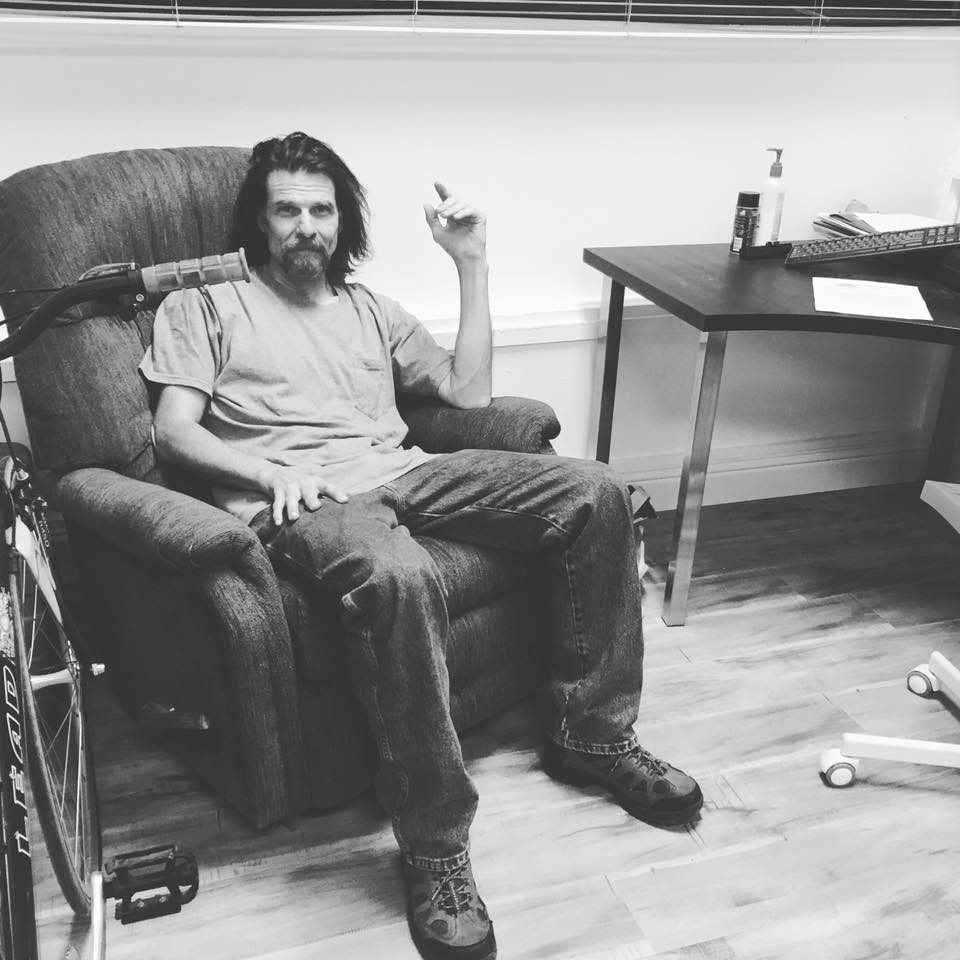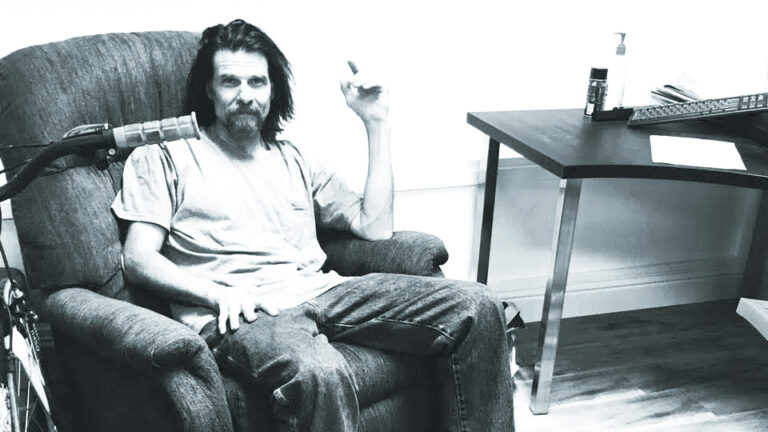Arts Interview: Jeph Jerman
The Audio Art Of Jeph Jerman


Jeph Jerman
Latest Article|September 3, 2020|Free
::Making Grown Men Cry Since 1992


Jeph Jerman


